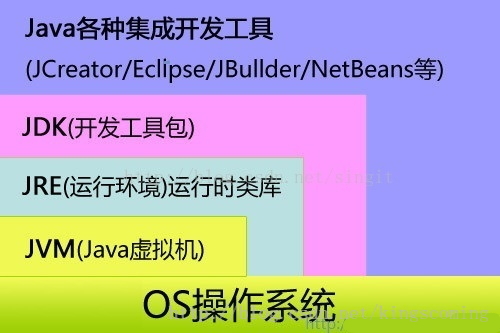函数:startswith()
作用:判断字符串是否以指定字符或子字符串开头
一、函数说明
语法:string.startswith(str, beg=0,end=len(string))
或string[beg:end].startswith(str)
参数说明:
string: 被检测的字符串
str: 指定的字符或者子字符串。(可以使用元组,会逐一匹配)
beg: 设置字符串检测的起始位置(可选)
end: 设置字符串检测的结束位置(可选)
如果存在参数 beg 和 end,则在指定范围内检查,否则在整个字符串中检查
返回值
如果检测到字符串,则返回True,否则返回False。默认空字符为True
函数解析:如果字符串string是以str开始,则返回True,否则返回False
二、实例
使用环境:用于if判断
函数:endswith()
作用:判断字符串是否以指定字符或子字符串结尾,常用于判断文件类型
一、函数说明
语法:string.endswith(str, beg=[0,end=len(string)])
string[beg:end].endswith(str)
参数说明:
string: 被检测的字符串
str: 指定的字符或者子字符串(可以使用元组,会逐一匹配)
beg: 设置字符串检测的起始位置(可选,从左数起)
end: 设置字符串检测的结束位置(可选,从左数起)
如果存在参数 beg 和 end,则在指定范围内检查,否则在整个字符串中检查
返回值:
如果检测到字符串,则返回True,否则返回False。
解析:如果字符串string是以str结束,则返回True,否则返回False
注:会认为空字符为真
二、实例
常用环境:用于判断文件类型(比如图片,可执行文件)











还没有评论,来说两句吧...